25 Cool Japan Travel Tips and Japanese Culture Fun Facts

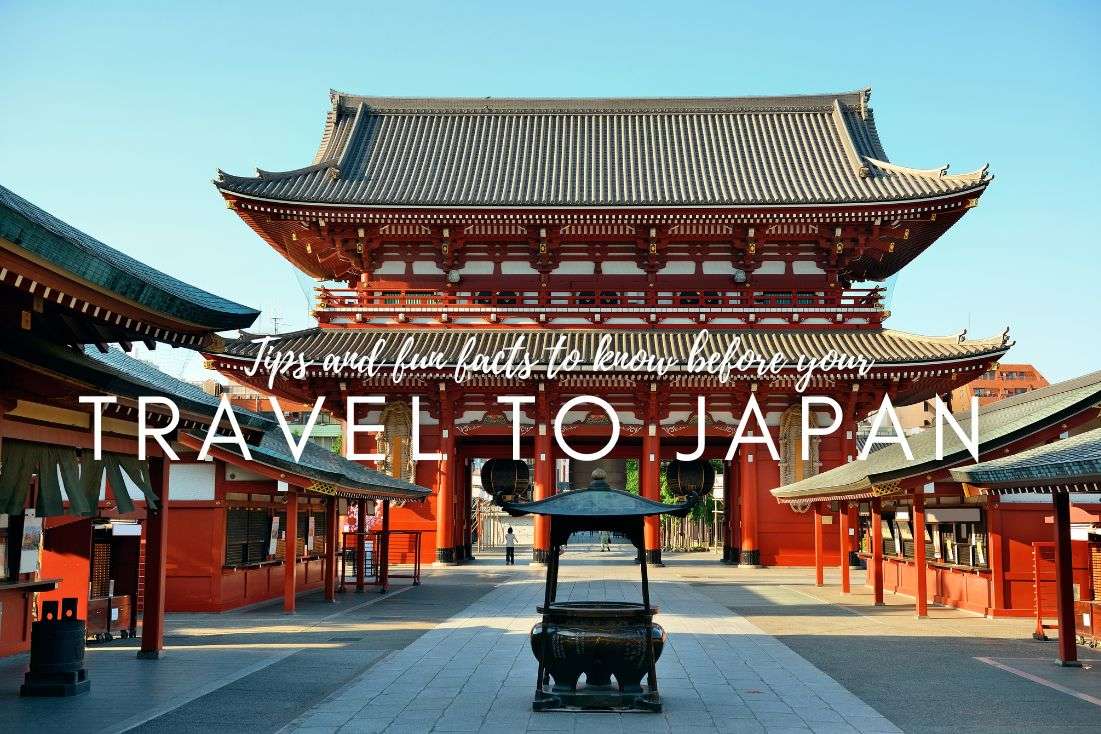
If you’re preparing for a trip to Japan, this article will make sure you’re ready for the inevitable culture shock that awaits you in the land of the rising sun. It’s the weirdest 1st world country you can imagine!
Things to know before traveling to Japan
1. When to visit Japan? Not in August!
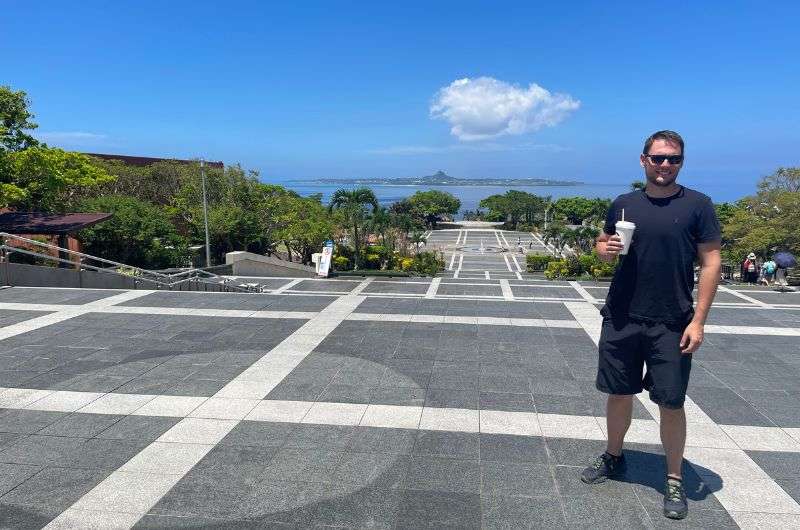
Summer in Japan is like a nonstop stay in the sauna. Maybe don’t visit Japan in August
Japan is hot! Like hot hot, with high humidity and temperatures in Honshu reaching daytime temps of 38°C (100 °F). It was just too much. Instead, March to May or September to October are much more manageable. There aren’t less crowds, especially in the spring, due to cherry blossom season, but at least you won’t be walking around like a human tempura.
2. Japan is still very much a cash-driven society
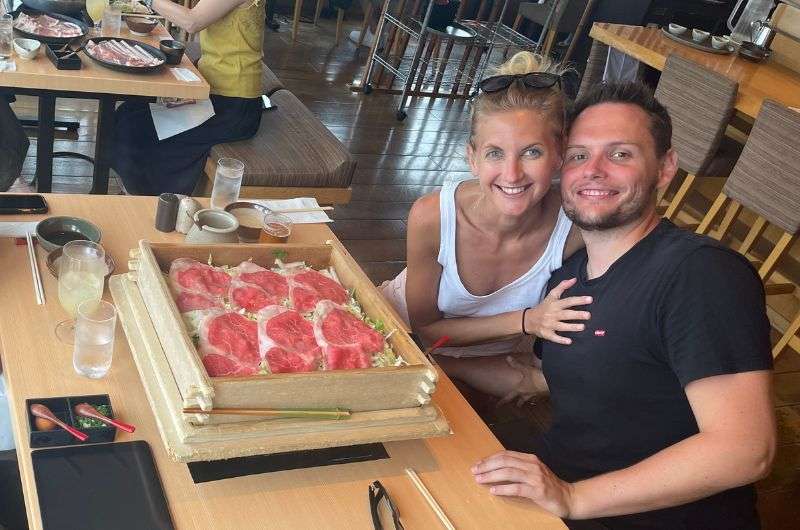
We ordered shabu shabu and surprisingly had to pay cash
In my 15 years of traveling, I've never seen anything quite like Japan's love affair with cash! Despite being hailed as a forward-thinking nation where you expect robots to take your orders and prepare your coffee, cards are often not accepted. Why? Based on surveys, Japanese people prefer paying in cash because it’s the most widely accepted form of payment. How… logical. They also like that the transaction is finished right there on the spot, and tend to worry about data security. So, if you’re in the wallet business, Japan’s the place to focus on.
This cash preference isn’t just something you’ll run into in rural areas, it’s a general rule all over Japan. Tokyo tries hard to keep up with the future, but even there you’ll want cash on hand.
It’s a good idea to come armed with some yen from your home country, because not all ATMs in Japan accept foreign cards and you don’t want to be stuck at the airport after a long flight trying to figure out the exchange rates.
3. The mosquitos will eat you alive
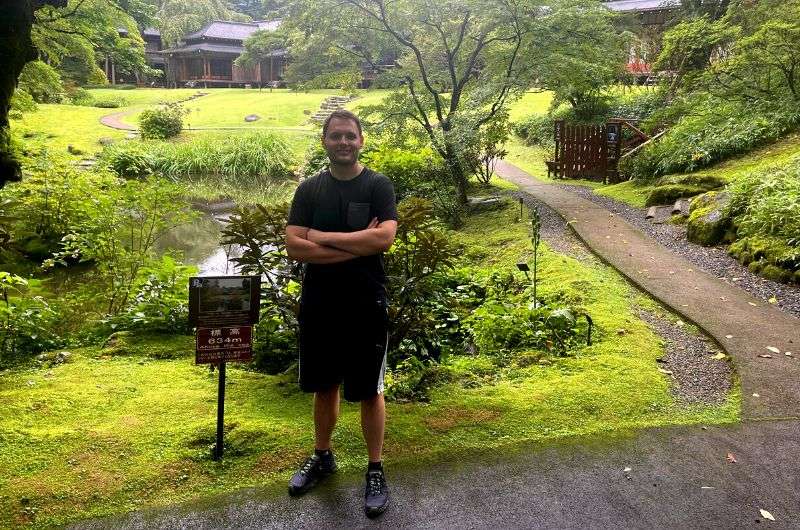
Don't forget your mosquito repellent!
Packing your bags for Japan? Toss in that mosquito repellent! Those little motherbuzzers are everywhere, especially in the months of May through September.
4. Tourist numbers are soaring after covid
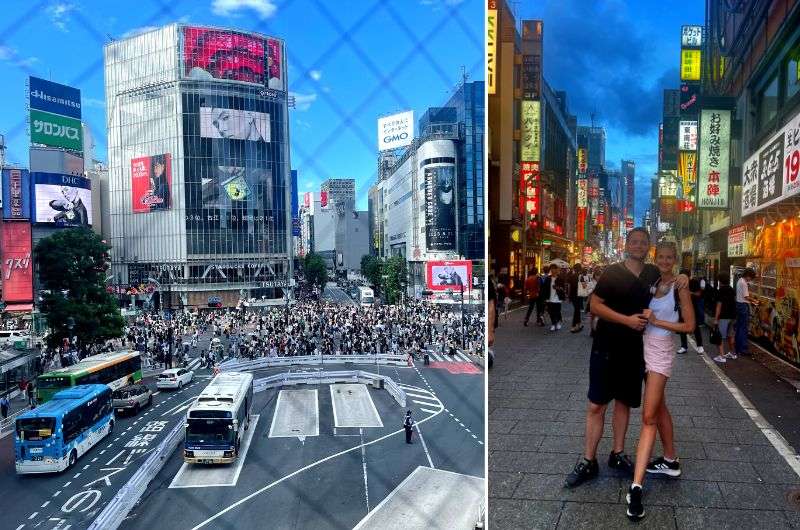
Is Tokyo ever really tourist-free?
After what seemed like ages, Japan finally scrapped all leftover covid travel restrictions in the first half of 2023, and the tourism numbers reflect this. Japan’s back up to over 2 million international visitors per month. Still not up to the record year of 2019, when over 31 million visitors toured Japan, but getting there. It helps that the yen is weak, therefore turning Japan into a more affordable travel destination—get over there while the dollar still has superpowers in Japan!
But when you get to Japan, you’ll be scratching your head wondering where the tourists hide in Japan. Among the sea of locals and the mostly Chinese and Korean visitors, white tourists are the rarest species, and you’ll often feel like you’re a white needle in an Asian haystack!
5. Get ready to bow!
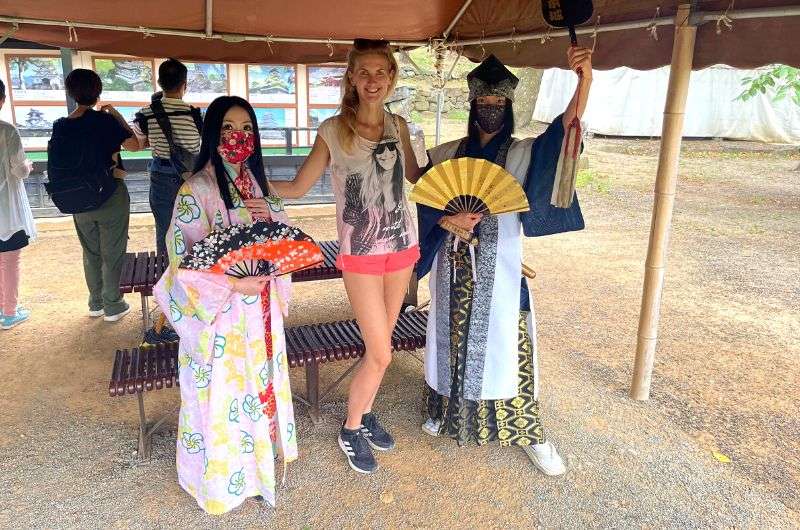
Bowing is a part of Japanese culture
If you're wondering about perfecting your bow before traveling to Japan, here are a few tips:
- As a tourist, you aren’t expected to bow, but it’s always a welcome gesture.
- You bow to say hello, goodbye, and thank you, or rather, as a reply to a Japanese saying hello, goodbye, or thank you. I dare you to start a bow-off as a foreigner!
- The Japanese bow is with a straight back, 45° angle, and you bend from the waist, arms at you side, eyes down. The deeper the bow, the greater the respect shown. The tourist version can be a head nod (it felt really funny to fully bow, not gonna lie!).
- You are basically considered a dumb tourist that can’t get it right no matter how hard you try. If you do bow, nobody is going to be offended if you bow incorrectly, stare while bowing, bow too low, too high, too many times or not enough, etc. Yes, there are that many bowing rules.
Bowing is just one of the many gestures and polite considerations that you’ll be confronted with in Japan, so don’t focus all your energy on it. Speaking of which:
6. Always wear nice socks
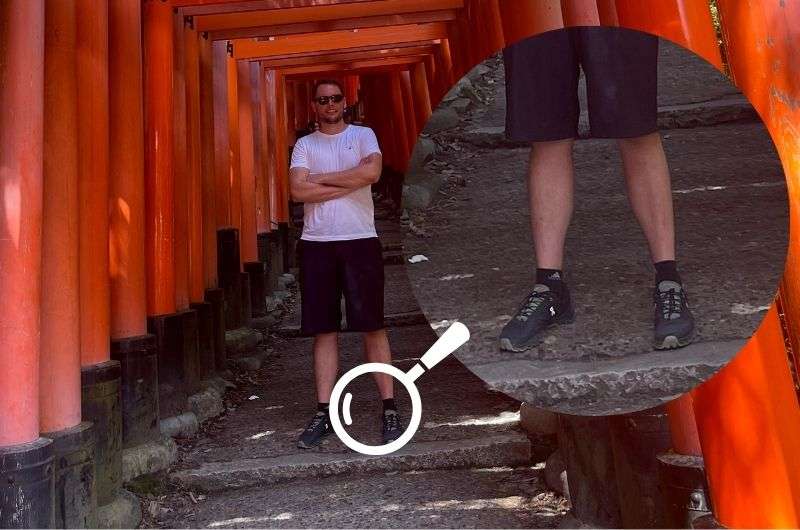
Be ready to have your socks examined! Get some nice ones so you don't offend the locals, you will be shoe-less a lot in Japan
Your shoes will come off countless times in Japan: in temples, shrines, even some restaurants! If you ever enter a Japanese home or a traditional inn, you will also be going shoe-less.
You don’t want to be caught in bad socks, so bring your fancy ones when traveling to Japan. I can’t imagine the horror playing out inside a Japanese person’s mind if they see a tourist wearing seasoned socks. They obviously won’t show their true feelings, because that goes against all Japanese etiquette rules, but I’m sure you’d make them sweat in all the wrong places. So, be kind, wear nice socks.
Japanese people and culture facts
It’s impossible to not feel the culture shock in Japan. Japanese society is just something else...
7. Japan’s conservative, hyper-correct culture
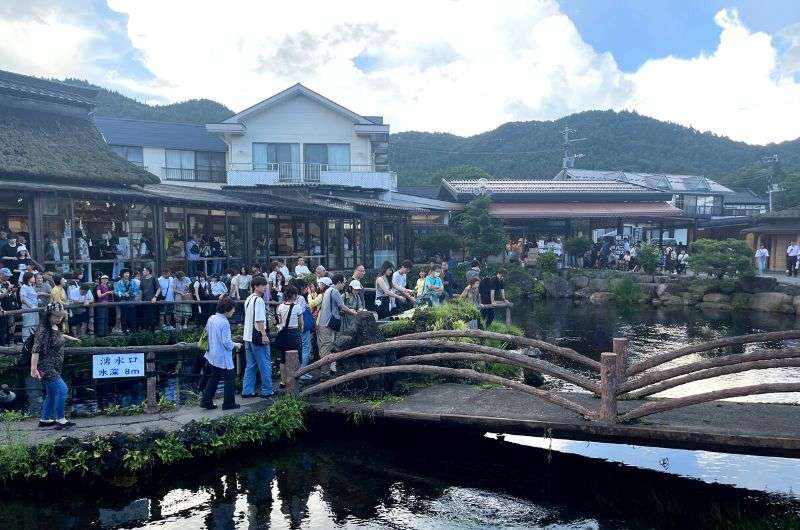
My personal space was intact in Japan. That made me happy
In Japan, the motto is “keep it low-key.” The society is very conservative, focusing mainly on not being a bother to anyone, which is why even on the busiest intersection in Tokyo you’ll feel like everyone’s doing their best to be invisible.
People also tiptoe around issues rather than confront them, which makes it feel like there's a collective effort to dodge conflict (which there is). This isn’t as amazing as it sounds—can you imagine the amount of unspoken pain in the country?! Got a problem? Keep it to yourself! Also, guess what else it considered a problem? Disabled people. Not sure where they hide them, but they sure as heck aren’t out in the open.
8. They don’t have kids, but they love kids
Despite a low birth rate (just 1.4 births per woman), Japan is incredibly tolerant of children. Kids are a full part of society, so they are expected and respected everywhere. Discounts for kids hover around 70% off regular prices. It's as if they believe in nurturing the few they have!
9. School isn’t just academic learning
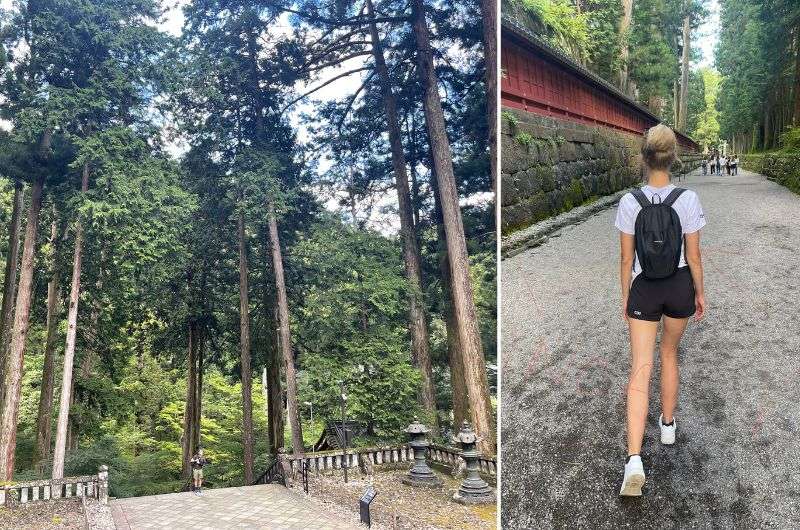
Walking around Futurasan Shrine
Everybody knows that the Japanese are a disciplined, polite people. And they drive this into their citizens the moment they start being able to pitch in. Basically, children are allowed to be children until they are 5 years old, and then, BAM! You are now a servant. For example, children in Japan aren’t just students at their school; they're the cleaning squad and the lunch providers too. Not only does it instill good values, but I’m sure it makes them think twice about making a mess!
And then, when Japanese kids turn 15, they are considered on par with adults. Fascinating.
10. Body shaming is normal
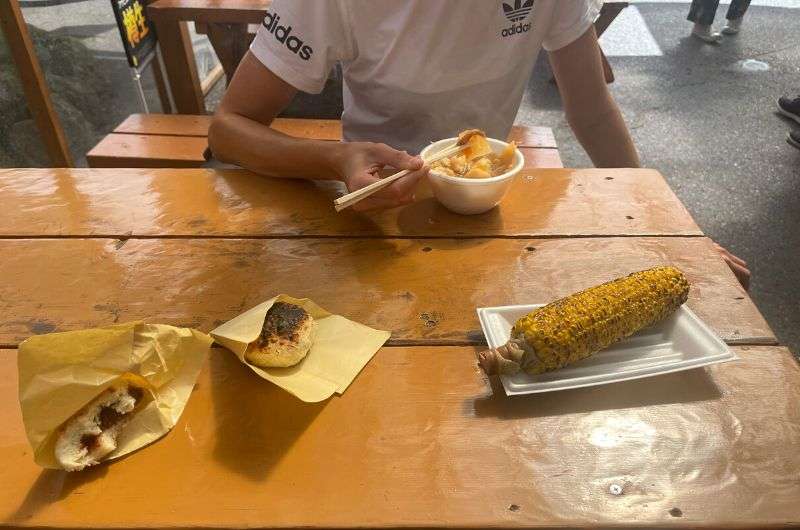
People in Japan have to watch their figure
Notice how everyone in Japan is slim? Well, the Japanese sure do. It’s a common thing for Japanese to talk about or comment on people’s physique. They’ll talk to you about the weather, your job, and how thin or not you are like it’s nothing. Being overweight is considered unhealthy and unattractive, and it’s such a norm that nobody thinks twice about mentioning it.
Offended? Honestly, I just think if you’re fat, in most cases it’s your own lazy, overeating ass’s own fault, so the talk is warranted. Eating fast food 5x a week just isn’t a disease! Sorry, not sorry.
11. You can’t throw out your trash anywhere

The natural beauty of Nikko National Park is worth preserving
You’ll need to navigate the streets in big and small Japanese cities without trash cans due to fears of terrorism since the sarin gas attack in 1995. But it’s not just that—keeping your garbage out of public areas is a thing of Japanese culture, too.
You see, the Japanese are very aware that public spaces are as much there for other people as they are for themselves, so it is considered polite to keep these spaces clean. And throwing your garbage away in a space that’s meant for others really doesn’t seem very considerate at all, does it? So, how do you solve this problem? Carry your candy wrappers around until you get back to your hotel room (btw, our hotel in Okinawa?! Okinawa Kariyushi Resort EXES Onna: Epic!).
Imagine getting a cold in Japan… Good luck finding a place to throw your tissues away! Not that you can blow your nose anyway… read on.
12. You blew your nose?! You neanderthal!
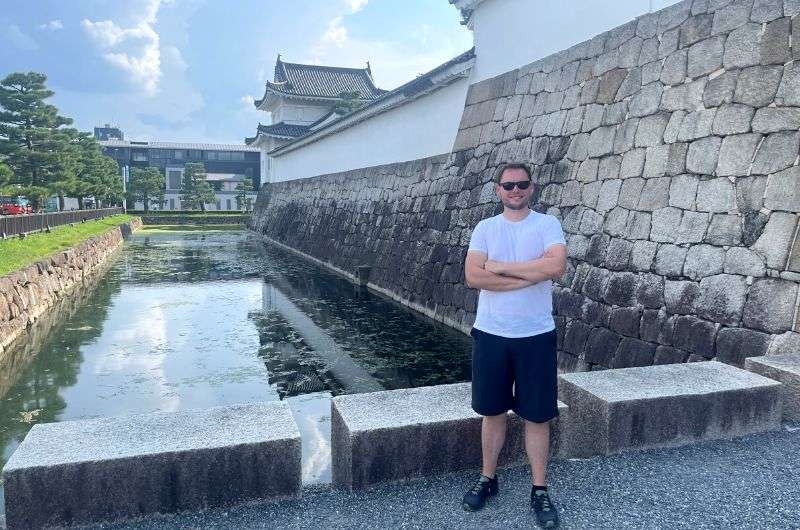
Etiquette is a big deal in Japan
When traveling in Japan, do not commit the horrible social crime of blowing your nose in public! It’s acceptable to sniffle and suck your snot back up your nose, but blowing your nose in public is like getting rid of any other bodily fluids in from of other people—completely inappropriate.
If you simply can’t wait, use a paper tissue to wipe your nose instead. Wipe! Don’t blow, and for the love of sushi, don’t make a sound while you do it. And turn away from any other humans—it’s like you’re the monster in Bird Box, cannot see such horridness. I’m sure there’s such a thing as death by by bad etiquette in Japan.
13. Another thing that’s absent in Japan? Homeless people
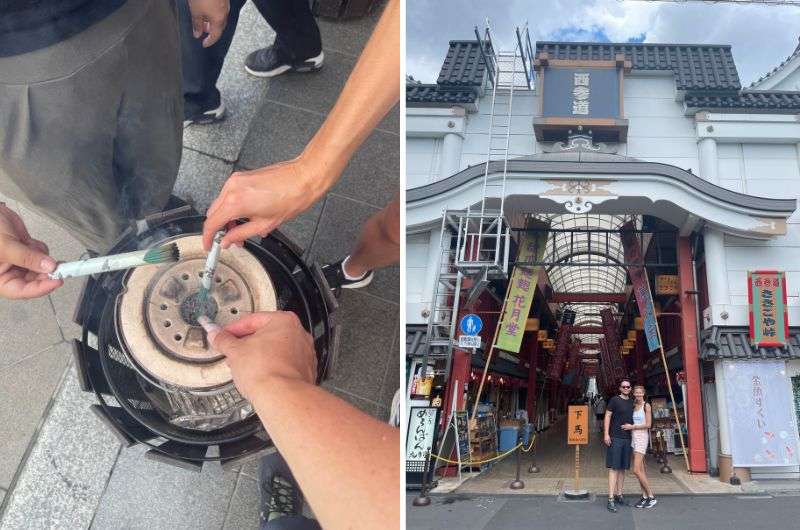
Experiencing Tokyo Sensoji
Japan is the only country in the world with a homelessness rate of close to 0%. While that sounds great, and you imagine every single Japanese person snuggled cozily into their own beds every night, things are not what they seem at first glance. We’ve already talked about how the Japanese have mastered the art of making problems disappear from plain sight, right? So, even though you may not see them, it’s just an illusion.
Begging is illegal in Japan, and being homeless is shameful. So homeless people do everything they can to not be seen as homeless. The failure to be able to provide for yourself, especially if you are a man, is considered a huge embarrassment.
Cyber-homeless: Thousands of people basically live in cyber cafes, which are open 24/7 and paid for by the hour. They house men that look presentable and have some sort of low-paying job during the day, and stay in the cafe booths for a few hours every night to get some rest and a shower. Do you think they are part of Japan’s homeless statistics? Nope.
14. Japan has indigenous people
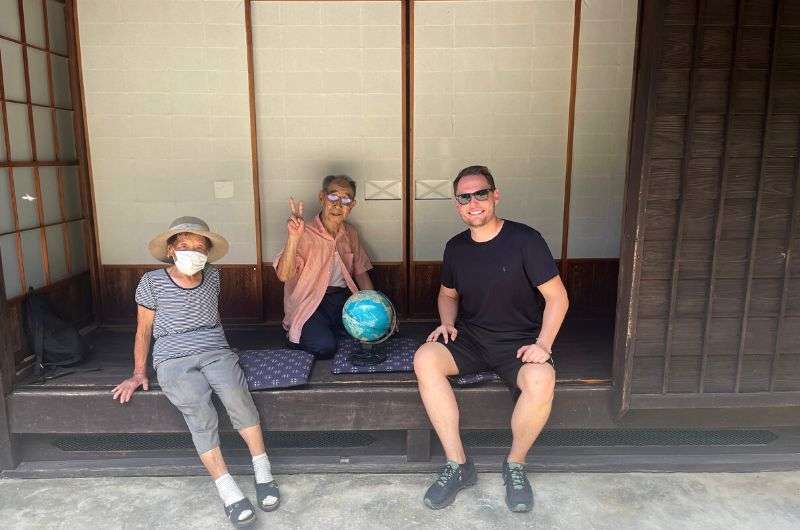
Chit chat with the Japanese
Ainu are the indigenous people living mainly up in Hokkaido, Japan's northern island. They've got their own language, traditions, and a lifestyle of living in one with nature. And they worship bears.
It’s a classic tale of the mainstream folks bullying indigenous people out of their homes and culture, and then finally realizing how idiotic they were being. Sort of. They’re now at least officially recognized, but to the Ainu, it’s more for show than any real reprimands (I know, because I, um, read it online). On the outside, it looks like “hey, look at these cool people that also live in Japan!”, but then there’s the internal memo going around saying “they’re great for attracting tourists, but no worries, we aren’t giving them their land or rights back or anything”.
Today, the recognized Ainu population in Japan is around 25,000, although unofficial numbers suggest there might be 200,000 or more individuals of Ainu descent. The thing is, many of them have assimilated into Japanese society to the point where they might not even know about their Ainu heritage.
Tips for traveling in Japan
Once you make it to Japan, you’ll notice some peculiarities...
15. It’s true: Japan is very clean
It’s not just the absence of trash cans that keep the trash off the streets, it’s just the way Japanese people are. So... tidy! I love clean (do you also despise leaving dirty dishes in the sink before you go to bed?!), so Japan was heaven for me. You can really tell those kids learned to clean at school, because they turned into adults that don’t take “messy” for an answer!
On another note, it’s not as futuristic as you might imagine. If you look past the robots and vending machines, it’s all a little dated. It’s like the United States in the 80s and 90s. Probably because they were ahead of their time in the futuristic department way back when, but now that the world has caught up, Japan is standing still (or at least that’s what it looks like when you visit).
16. Okayish reviews are actually awesome
Every time I read a hotel or restaurant review written by Japanese people, I thought the place would certainly suck... but it’s just that Japan is notoriously strict in everything, including reviews. This is a good thing to know if you’re traveling to Japan, because you can then be on the lookout for places with good reviews and still be certain they’ll probably be great.
So, if someone describes a restaurant as “fine, the food was good, the server wasn’t rude”, they most likely had an incredible meal with a server that treated them like VIPs.
Tip: “Tabelog” is the best app for restaurant ratings in Japan. Anything above a 3.5 will great, despite the low number.
17. Japan is home to the oddest hangout spots
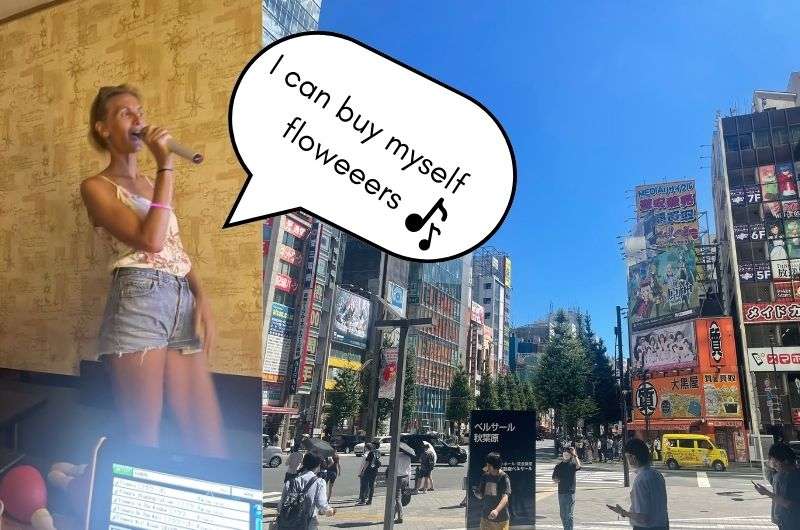
My girlfriend sang this famous Miley Cyrus song at a karaoke bar in Tokyo. She nailed it!
Everybody knows about the karaoke mania in Japan; we tried it out too, obviously. It’s honestly good fun, and some of the karaoke houses are massive!
But then there are places like maid cafes where waitresses are dressed like maids. They greet customers as their masters and tend to them in a friendly, maid-like manner, even drawing cute pictures onto their food, or breaking out into song and dance. Yes, it’s weird, but it’s very Japanese.
And what about the manic craze of Pachinko games? The pinball machine turned “secret” gambling game that is the loudest thing you’ll ever experience, especially in otherwise quiet and reserved Japan. Its name come from the sound the metal balls make in the machine “pachi pachi” (you have to repeat that super-fast and loud to get the idea), and when you add the music, sounds, and flashing lights of each pachinko machine, you get a headache really fast. It’s “secret” gambling, because gambling is banned in Japan. But since you’re playing for metal balls, Pachinko is just fine. To get your cash winnings, you have to go to a separate building, hence it isn’t actual gambling… what a ridiculous loophole!
18. You’ll get used to the heated toilet seats

It’s me. This seal’s face was literally me
Japanese toilets are the VIP treatment for your rear end. Not only do they have control panels with a myriad different options of butt-washing functions, but they’re heated, too! Nothing quite compares to the bliss of a heated toilet seat; I got so used to it that when our hotel in Tokyo (Nohga Akihabara) that didn’t have heated toilet seats, I was genuinely offended. Do they think tourist asses don’t deserve to be pampered?! It's a game-changer, I promise.
Note: Not to talk down to Nohga Akihabara Hotel, it was otherwise amazing. It was the only hotel in Japan that managed to keep the (tiny) rooms dark enough at night for some quality beauty sleep (what, did you think I was born this handsome?).
19. Japan is full of forests… and mountains… and American soldiers
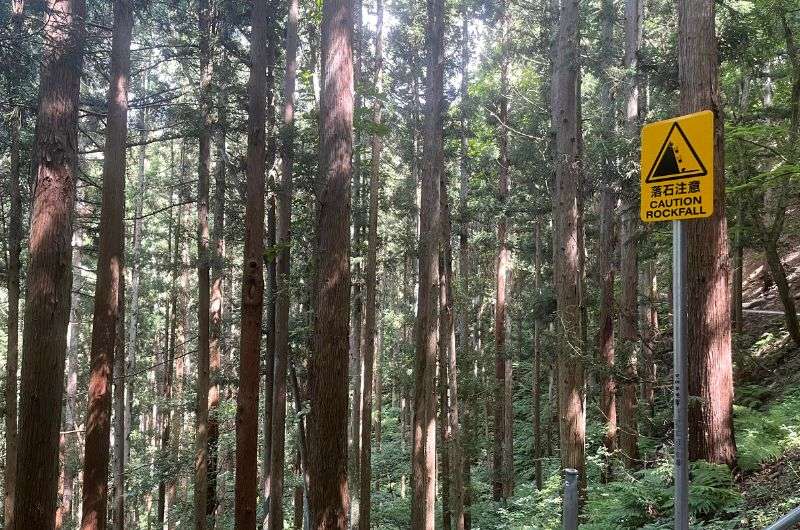
This is a forest of the Jigokudani Monkey Park in Nagano
A whopping 68% of Japan is covered by forests, which, in on par with places like Finland and Sweden. To me, Japan’s forests reminded me the most of California’s redwoods. The sugi, or Japanese redwood, is Japan’s national tree.
And you’ll have to try very hard to find a flat picnic spot in Japan, because the country is 80% covered with mountains, and though not extremely high, they are steep. You better have that picnic in Tokyo, which is unusually flat.
Japan’s highest mountain, Mt. Fuji, is a volcano that’s been sleeping since 1707. It’s gorgeous and on everyone’s Japan bucket list for a reason. You can climb it (watch out for altitude sickness), but I’d suggest spending a few days in the surroundings and making a side trip out of it. Hakune offers plenty of things to do.
Another thing Japan has a lot of are US Army bases! A record 53,000 American troops are stationed in Japan, the most out of any country in the world (second is Germany with 35,000 troops). About 74% of them are located in bases on Okinawa.

In Japan, everything is so clean and precise but at the same time quite old
Eating habits in Japan
Who loves sushi?!
20. Don’t be surprised to see everyone eating dicks on sticks
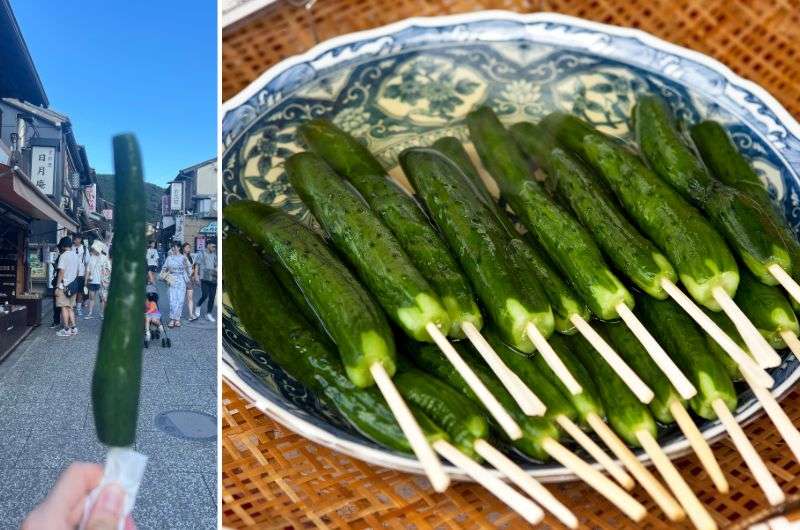
You see how it looks?
Especially on hot days in the city or at large events you’ll see everyone walking around eating whole cucumbers on sticks. And you won’t think I’m so childish to mention how ridiculously phallic is looks once you see it, because it simply does! The cucumbers are pickled, and are sold at street vendors and in stores, so you’ll probably get your own dick on a stick sooner or later. It is refreshing, not gonna lie.
21. You’ve probably never had real wasabi
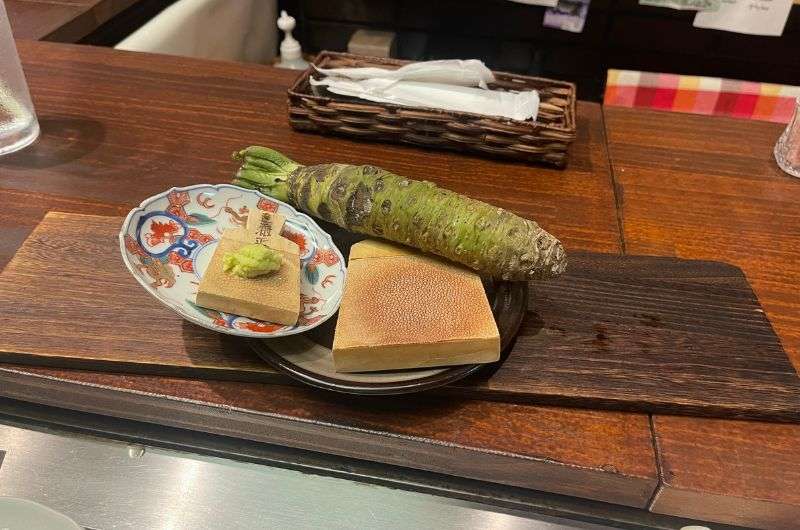
This is the real deal
If the wasabi you eat is very pasty and thick, it’s likely fake, and it sure as heck wasn’t grated on shark skin, as it’s supposed to be. And they’ve added green coloring to it.
The real wasabi plant is so high maintenance that it’s either impossible or very expensive to get outside of Japan, so unless you are a Japanese food connoisseur your wasabi is probably not the real deal.
22. 5 basic chopstick rules
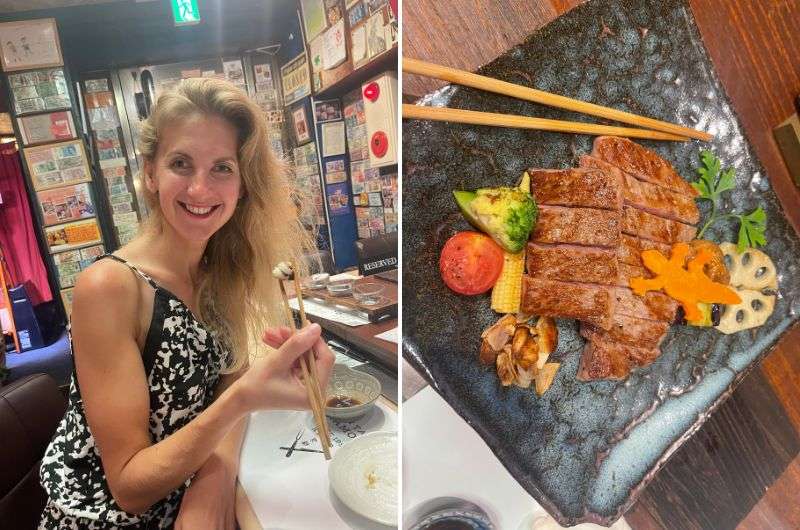
Eating with chopsticks has its own rules!
- It’s impolite to point to people with chopsticks, so even if you put your chopsticks down, put them at an angle so they aren’t pointing to the person sitting across from you.
- Don’t rub your chopsticks together. It implies that you think the restaurant gave you shite quality chopsticks.
- Don’t stick your chopsticks upright in your food. This is similar to a tradition that’s done at funerals. Similarly, don’t pass food from chopsticks to chopsticks (unless you want to look like you’re passing around a dead person’s bones following cremation). And don’t cross your chopsticks when you put them down (also something about death).
- Don’t stick chopsticks in your mouth, pick your teeth with them or lick them.
- Once you are done eating, put disposable chopsticks back into their bag; non-disposable chopsticks are laid to the left of your plate or bowl.
23. Know your sake etiquette
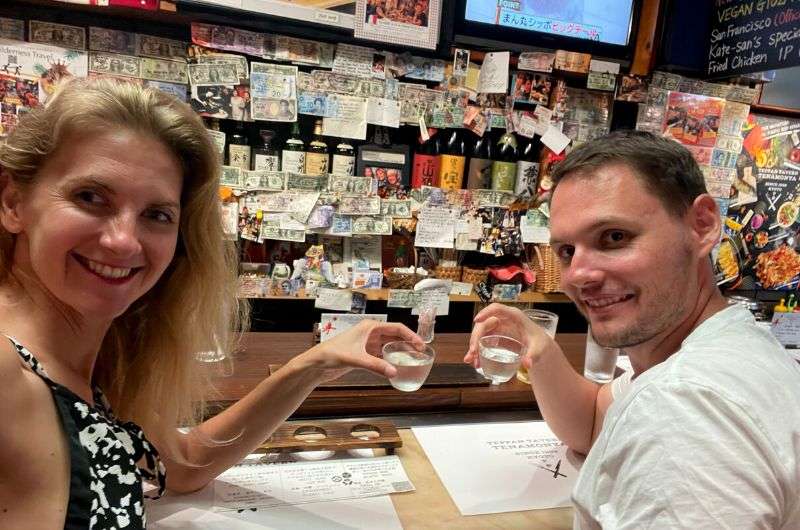
乾杯!
Sake is a Japanese rice liquor that is mostly enjoyed during the appetizer portion of your meal (but you can keep sipping it with your sushi, and you’ll sometimes also get it as a digestive).
You can have it hot or cold, but remember it’s not a shot, so sip it slowly like you would wine. It’s a social drink, so if you finish your (tiny) cup, there will be somebody that will probably refill it. If you don’t want a refill, keep a bit of sake in your cup. Oh, and hold it with both hands.
Top quality sake is never consumed hot, because the heat would destroy the precisely brewed smells and tastes that they worked so hard to get in there. Then again, you also don’t want your sake super cold, which does nothing for the taste, either.
I have an entire other article on Food in Japan, so if this is a topic you’re interested in, hop on over there. I’ll even tell you about the secret society restaurant we managed to get ourselves into (don’t expect anything fancy, it was in a basement!).
24. Eating out in Japan is cheaper than I imagined
Japan is known to be an expensive country to visit, but you know what surprised me? The cheap food! I like a high-quality meal, and we ate to our hearts content during our trip to Japan this past summer, and the food budget stretched waaaay further than I imagined!
To give you a comparison, most of our dinners would have cost 3x as much in the US. And we’re talking epic, mouth-watering meals. I’m hungry just thinking about it... Read my article about Food in Japan for more inspiration.
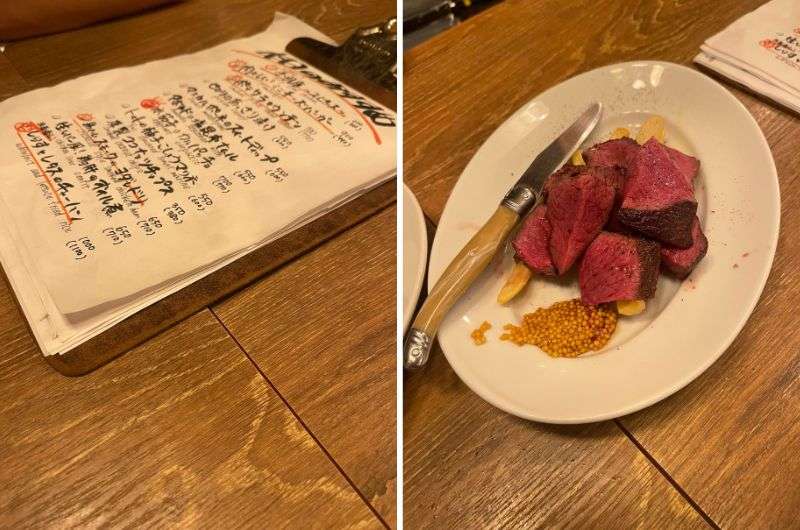
Japanese food is cheap... who would’ve thought?
25. Don't tip!
Considering the amazing service you’ll almost always get in Japanese restaurants (and basically everywhere else, too), it may feel weird not to tip, especially if you’re from the US where tips are like half of what you spend in a restaurant. Seriously, don’t do it. It’s offensive, and your tip will likely be returned to you.
Bringing your cash to a restaurant or other establishment and spending it there is considered enough, you don’t need to subsidize anybody’s pay while you're at it. It’s just a no-no in Japan.
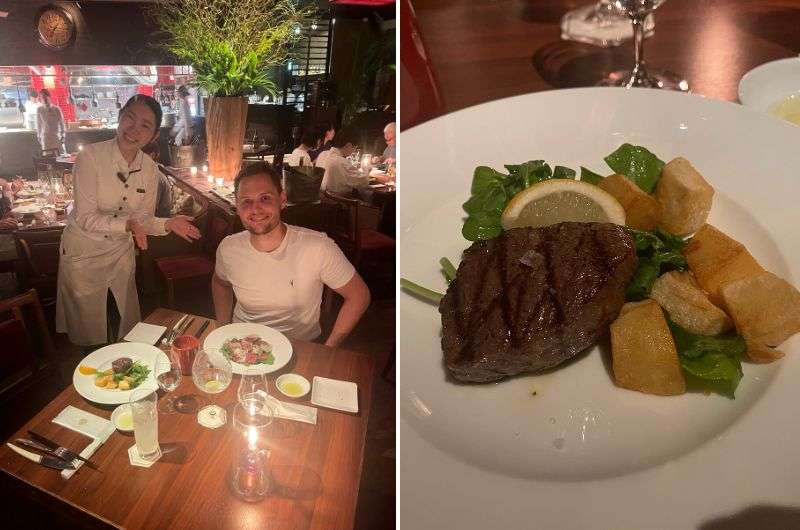
We were very happy with our server at the Fujia Gohonjin Restaurant. A tip would not be a compliment for her though
This post contains affiliate links. I earn a small commission if you make bookings through my links, at no additional cost to you. This helps keep this blog free, thank you!
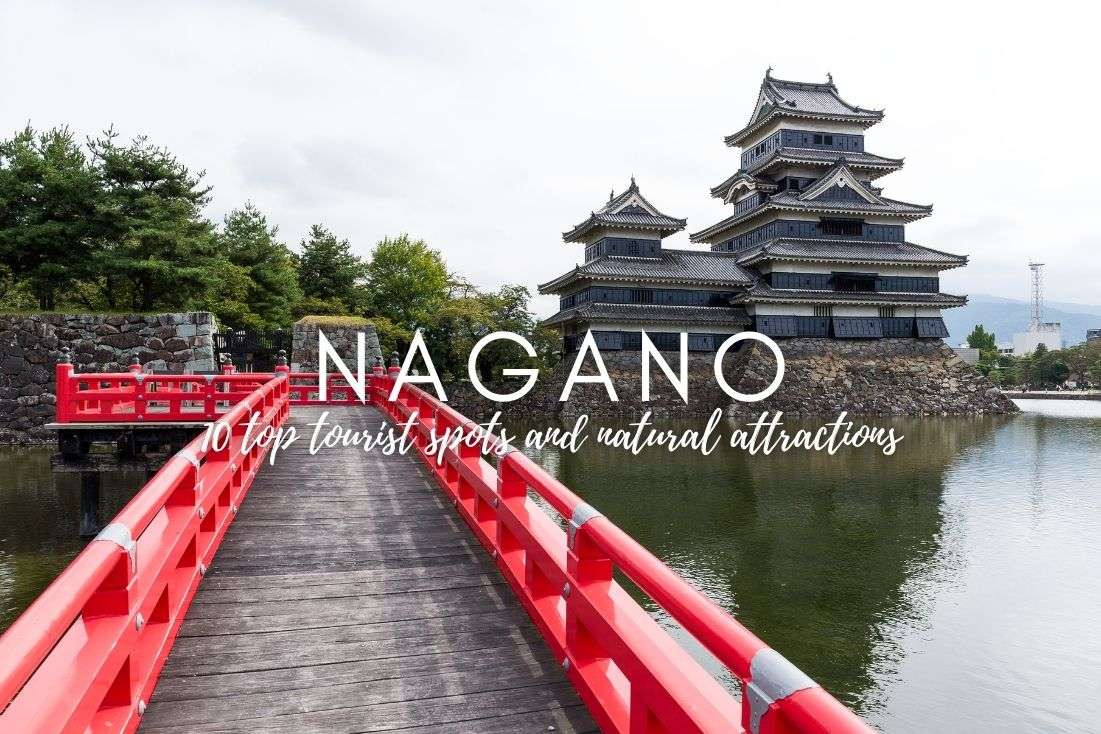
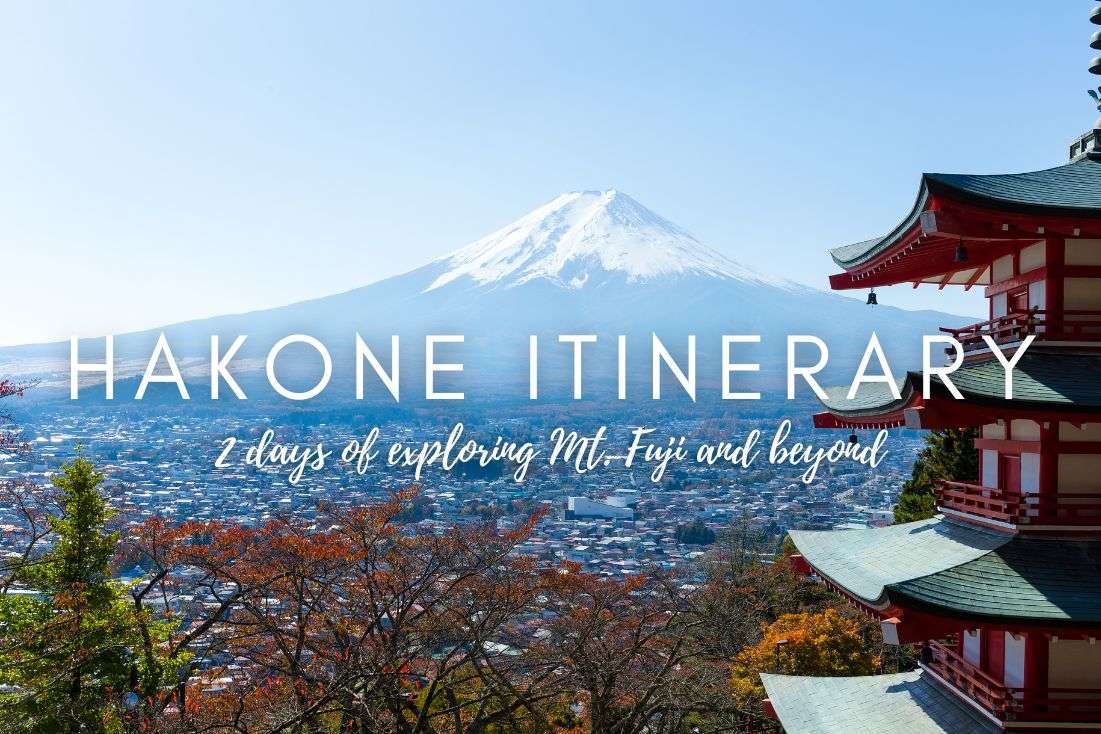
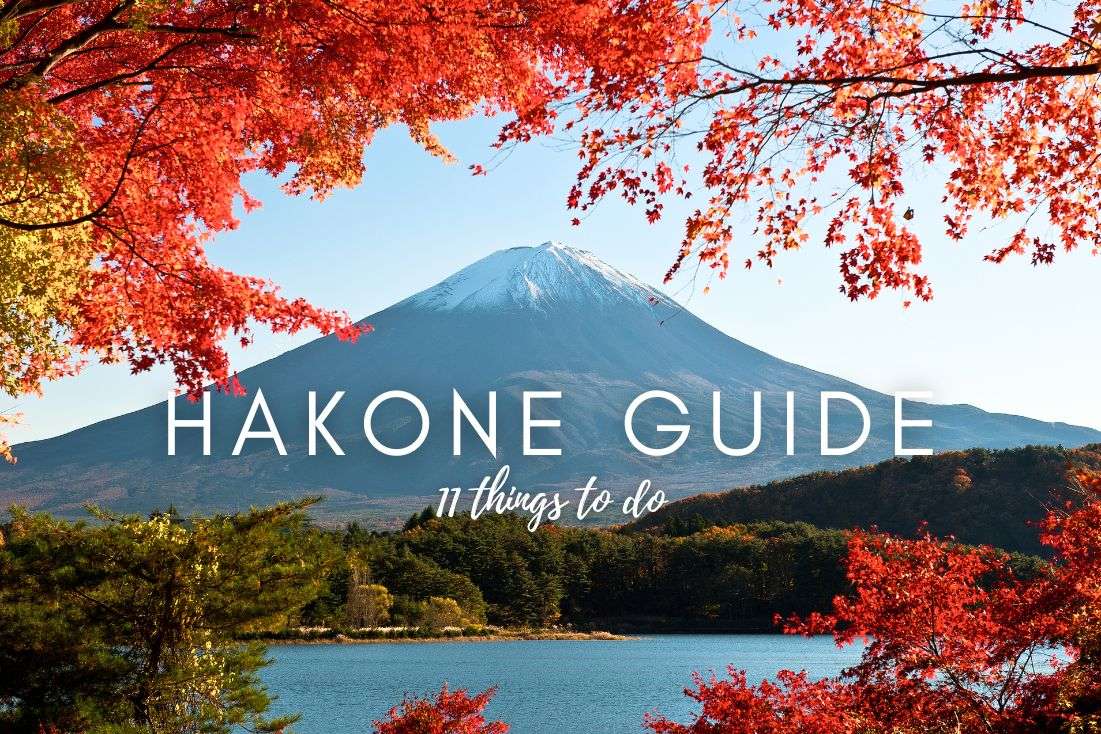




Comments
Thoughts? Give us a shout!